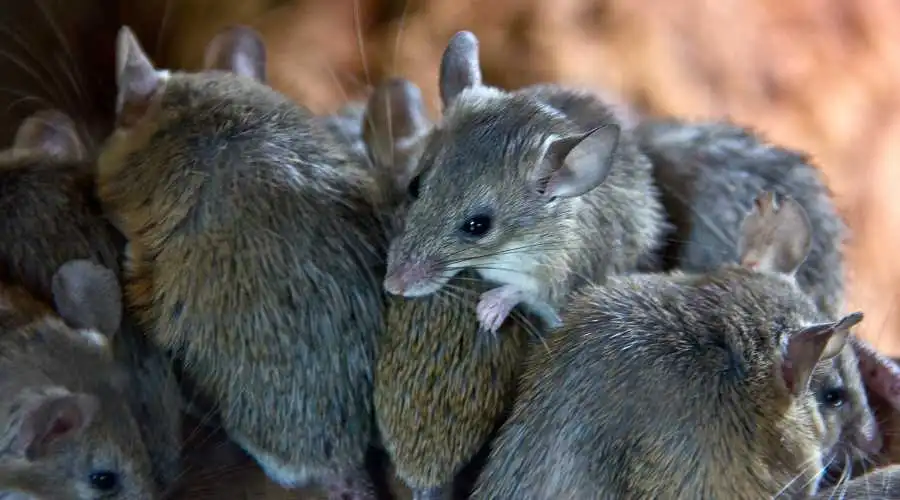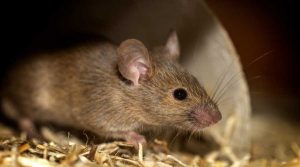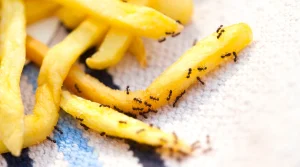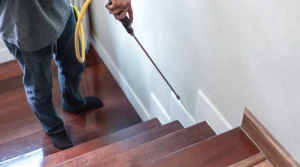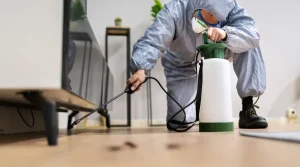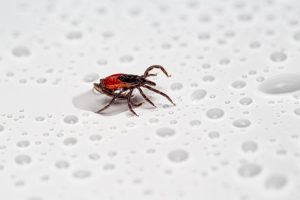Mice infestations are more than a nuisance—they pose risks to health and property. Pest control professionals combine expert techniques and preventive measures to rid your space of these unwelcome guests effectively.
Key Takeaways
- Comprehensive Inspections: Identifying and sealing entry points is the first step in eliminating mice.
- Strategic Trap Placement: Professionals use traps and bait in targeted, safe areas.
- Long-term Prevention: Rodent-proofing and ongoing monitoring ensure mice don’t return.
- Eco-Friendly Options: Many exterminators prioritize environmentally safe solutions.
- Quick Action is Key: Immediate professional intervention minimizes damage and health risks.
Understanding Mouse Behavior
Mice are resourceful and adaptable, thriving in homes with easy access to food, warmth, and shelter. Their dietary preferences extend far beyond the stereotype of cheese, favoring grains, fruits, and even chocolate. They can gnaw through wood, plastic, and softer materials to access these treats, often causing significant damage.
Contrary to popular belief, mice are picky about trap bait and prefer to exploit accessible food sources like trash cans or improperly sealed pantry items. Understanding their behavior is crucial to effective pest control.
How Do Pest Control Professionals Remove Mice?
Detailed Inspections
Professional exterminators start by meticulously inspecting your property. This includes:
- Identifying Entry Points: Mice seeking entry are prime targets for cracks and gaps around doors, windows, and foundations.
- Assessing Vulnerable Areas: Kitchens, attics, basements, and crawlspaces are checked for signs of activity, such as droppings, gnaw marks, or nests.
Sealing and Rodent-Proofing
Once access points are identified, professionals seal these openings using materials that mice cannot chew through, such as metal mesh or cement. This step is vital for preventing re-infestation.
Strategic Trap Placement
Exterminators use a variety of traps, including:
- Snap Traps: Placed strategically along walls or corners where mice frequently travel.
- Glue Traps: Effective in high-traffic areas but used carefully to avoid harm to non-target animals.
- Live-Capture Traps: Humane options for those preferring non-lethal methods.
Traps are positioned away from children, pets, and food preparation areas to ensure safety.
Careful Use of Rodenticides
Rodenticides are sometimes necessary for severe infestations. Exterminators carefully apply these poisons in tamper-proof bait stations to minimize risks to humans and pets. Outdoor use is managed with environmental safety in mind.
Why Professional Help Matters
Rapid Reproduction
Mice breed quickly; a single female can produce up to six litters annually, each with 12 or more offspring. This exponential growth makes professional intervention critical to controlling populations effectively.
Health and Safety Concerns
Mice can carry diseases like hantavirus and salmonella, contaminating surfaces and food supplies. Their droppings and nesting materials can also trigger allergies and asthma.
Preventing Property Damage
Gnawing mice can damage electrical wiring, leading to fire hazards, and destroy stored items like clothing and furniture.
Long-Term Prevention Tips
Keep Food Inaccessible
- Store food in airtight containers.
- Clean crumbs and spills promptly.
- Regularly empty trash bins.
Maintain Your Property
- Fix leaky pipes and eliminate standing water.
- Trim vegetation near the house to remove potential hiding spots.
- Periodically inspect your home for new cracks or gaps.
Professional Maintenance
Schedule periodic inspections with pest control professionals to identify vulnerabilities and reinforce preventive measures.
Eco-Friendly Pest Control Options
Modern exterminators often prioritize eco-conscious methods, such as:
- Using non-toxic baits and traps.
- Implementing integrated pest management (IPM) strategies to minimize chemical use.
- Educating homeowners about sustainable prevention techniques.
These practices not only protect the environment but also ensure the safety of your family and pets.
Frequently Asked Questions
Q1: How quickly can exterminators eliminate a mouse infestation?
The timeline varies depending on the severity of the infestation. Minor cases can be resolved in a week, while larger infestations may require several visits and ongoing monitoring.
Q2: Are rodenticides safe to use around pets and children?
When applied by professionals, rodenticides are used in tamper-proof bait stations to ensure safety. Always inform your exterminator about pets and children in your home for tailored solutions.
Q3: What should I do if I suspect a mouse infestation?
Act quickly by calling a pest control professional. Meanwhile, seal food and eliminate visible entry points to deter further activity.
Q4: Can I eliminate mice on my own?
DIY methods can work for minor issues, but professional exterminators have the expertise and resources to address infestations comprehensively and prevent recurrence.
Q5: Are there humane options for removing mice?
Many exterminators offer humane live-capture traps and focus on sealing entry points to prevent harm.
Q6: Will mice return after extermination?
Without proper prevention measures, mice can return. Exterminators provide guidance on rodent-proofing and maintenance to keep your home protected.
Final Thoughts
Mice infestations are not just a minor inconvenience—they significantly threaten your home’s integrity and your family’s health. Professional pest control offers a comprehensive solution, combining expert techniques and preventive strategies to rid your home of mice and keep them away.
Don’t wait to tackle a mouse problem—act now to protect your home! Trust Poway Pest Control, the reliable pest control professionals. Call us today and take the first step toward a pest-free home!

